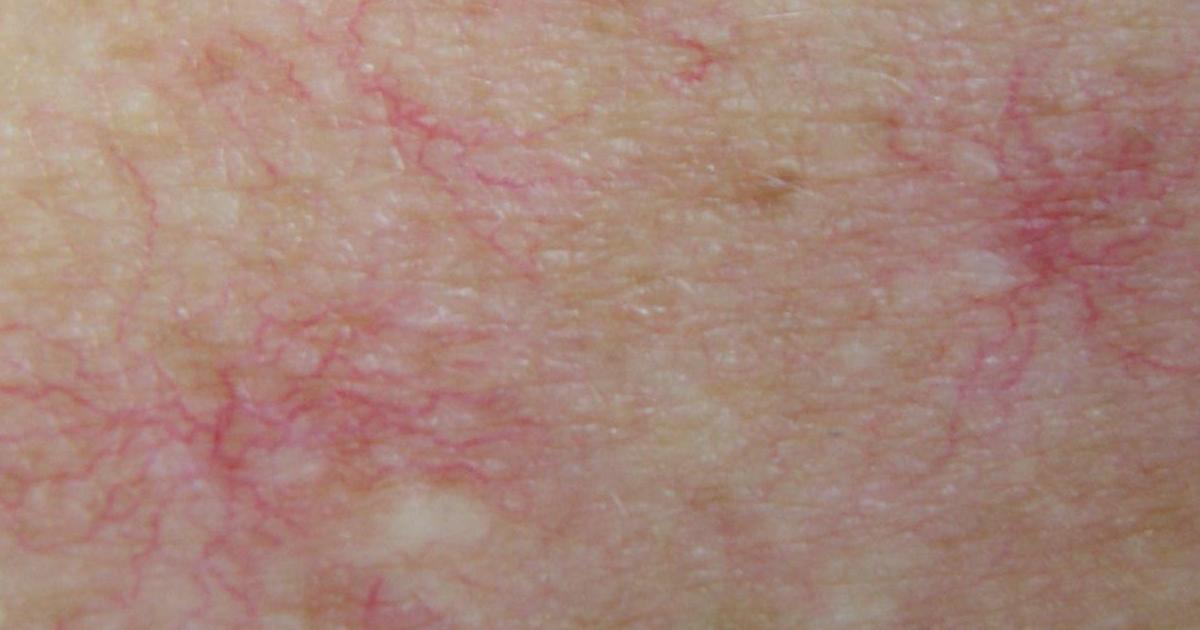Warning Signs Of Wilson's Disease To Watch For
Wilson's disease is a genetic condition in which the body cannot remove excess copper, causing it to accumulate in the eyes, brain, liver, and other vital organs. Most cases of this disorder are diagnosed when patients are between five and thirty-five years old, and symptoms typically begin during the teenage years. Liver disease is usually the first symptom in patients with Wilson's disease, and neurological and psychiatric symptoms may develop later. To diagnose this condition, doctors can use blood and urine tests to measure the levels of copper in the body, and genetic tests may be performed to check for the specific mutations associated with this illness. A liver biopsy may be completed so the tissue sample can be checked for excess copper, and some patients may need to have an eye exam using a slit-lamp. Chelating agents, including penicillamine and trientine, are typically the first line of treatment for this condition. These medications enable the body to release excess copper through urination, and they must be taken for the patient's entire life. If severe liver damage has occurred as a result of the disease, a liver transplant may be needed. While Wilson's disease is a lifelong condition, early detection means the vast majority of patients lead normal lives.
The signs and symptoms outlined below are commonly seen in patients with Wilson's disease.
Spider Angiomas

Spider angiomas are generally a sign of liver disease, one of the main components of Wilson's disease. Also known as spider veins, spider angiomas are clusters of dilated blood vessels located very close to the skin's surface. The clusters form a web-like shape, and the vessels may be red, blue, or purple. When pressure is applied, the clusters disappear, and they will reappear after pressure is released. While spider veins may occur anywhere on the body, they typically form on the face, neck, and legs, and they may cause discomfort. Discomfort is most likely if the spider angiomas are present on the legs, and pain may become worse after standing for long periods. Individuals who have multiple spider angiomas should make an appointment with their primary care physician as soon as possible, especially if they also have yellowing skin or eyes, or feel fatigued, weak, or bloated. All of these symptoms could indicate possible liver problems.
Uncover more symptoms of Wilson's disease now.